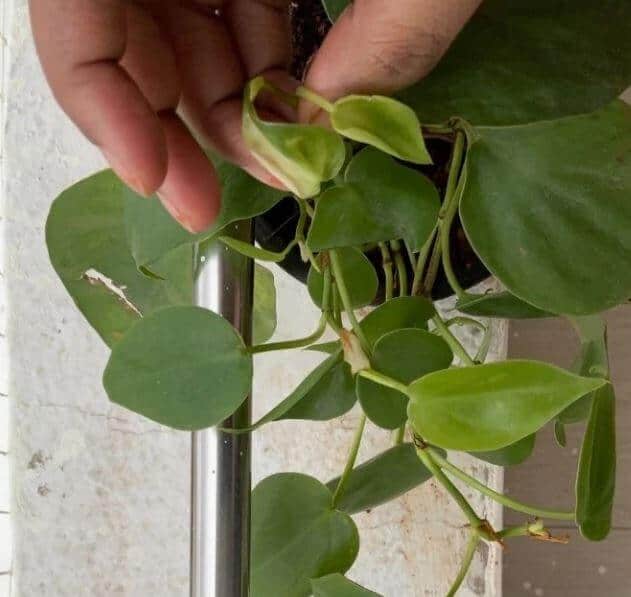Last Updated on January 18, 2023 by a Friendly Gardener
Philodendrons are notoriously easy-to-care-for houseplants that are equally easy to nurse back to health if they fall ill. A common symptom that something is wrong with your Philodendron is when leaves start curling. This is the plant’s way of communicating that something in the environmental conditions just isn’t right.
Your plant may be complaining about the humidity level, watering, light, feeding, or environmental temperatures. If any of these factors are lacking or perhaps available in excessive amounts, your Philodendron will curl its leaves.
Members of the Araceae family, Philodendrons are at home in warm tropical habitats where there is a generous amount of indirect, bright light and lots of humidity.
What Causes Curling Philodendron Leaves?
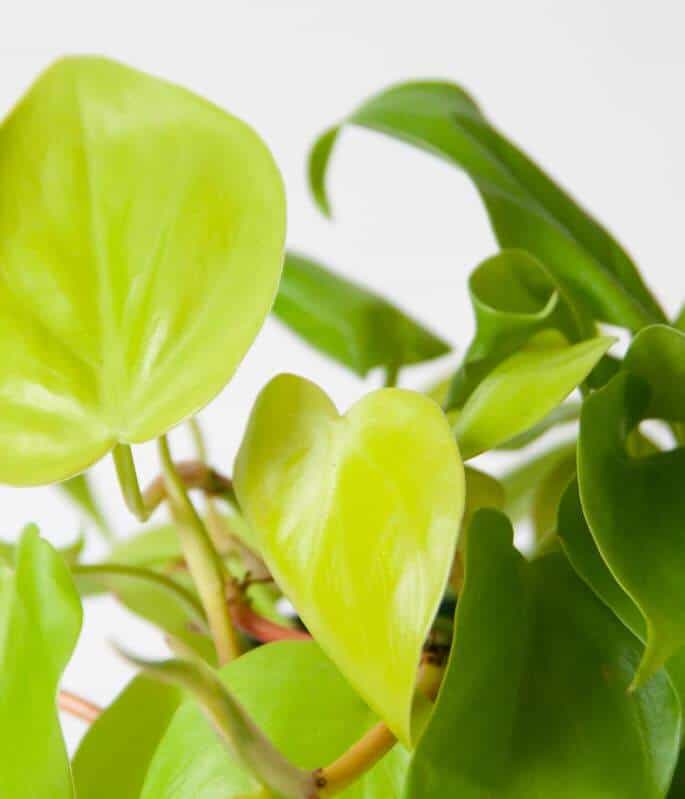
Philodendron leaves contain hundreds of stomata which are similar to our skin pores. The Philodendron pores open and close continuously. The plant will use these stomata to regulate its temperature and to transpire all night long.
The Philodendron will curl its leaves when it is stressed to reduce the leaf surface so that it loses less moisture during its transpiration.
How Can I Stop Philodendron Leaf Curling?
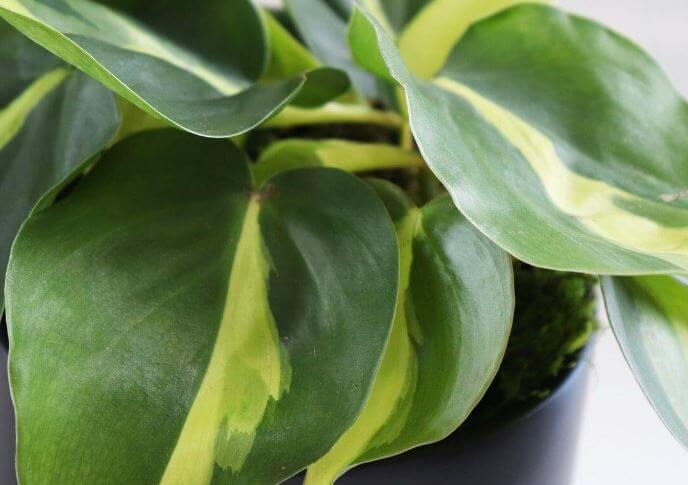
The first thing you need to do is to identify what your philodendron is lacking or getting too much of resulting in its leaf curling. Know that you will not be able, nor should you try, to uncurl leaves manually. Evaluate these growing conditions to determine the problem.
Environmental Temperatures
Again, as tropical natives, your Philodendron needs their environmental temperature to remain above 55°F including during the nighttime. Ideally, the room temperature should measure between 60° and 80°F. Below 50°F, your plant may not survive, and in temperatures above 80° F, the foliage will curl to preserve moisture.
In higher heat, your plant will curl leaves to slow down its transpiration in an attempt to preserve water. This can also happen if you have placed your plant near a heating unit or vent. Drafty locations will likewise stress a Philodendron as environmental temperatures should be kept relatively stable.
Excessive Sunlight Exposure
If you leave your plant in direct sunlight for too long, the surface temperature of the foliage will increase. If your Philodendron’s leaves reach a temp of 80°F., they will begin to curl. Move the plant to a spot with indirect light.
Feeding
Excessive feeding can lead to brown leaf tips and leaf burn. However, Philodendron curled leaves are also an indication of salt buildup in the soil bed near the root system. This accumulation will impede roots from absorbing moisture, and foliage will curl.
Philodendrons are not heavy feeders. You can fertilize monthly during the growing season with a diluted liquid NPK 20-20-20 houseplant fertilizer. Avoid feeding in winter.
If you feel that your curling Philodendron leaves are caused by overfertilization, you will need to correct the soil bed. You can either repot your plant or flush the soil out to remove salt buildup.
Fungal Infections
Although tropical plants, including Philodendrons, thrive in high humidity, fungal infections do as well. Some fungi need live plant tissue to survive and will invade plants when humidity levels are about 80% or higher. For this reason, humidity levels between 50% and 70% are optimal. One common fungal infection is powdery mildew which leaves a coating of white powder on leaves. This blocks sunlight and photosynthesis. Leaf curling is an early indication.
Increase the airflow near your plant and remove infected leaves. You can also treat your plant with Neem oil, which is a natural fungicide.
Humidity Levels
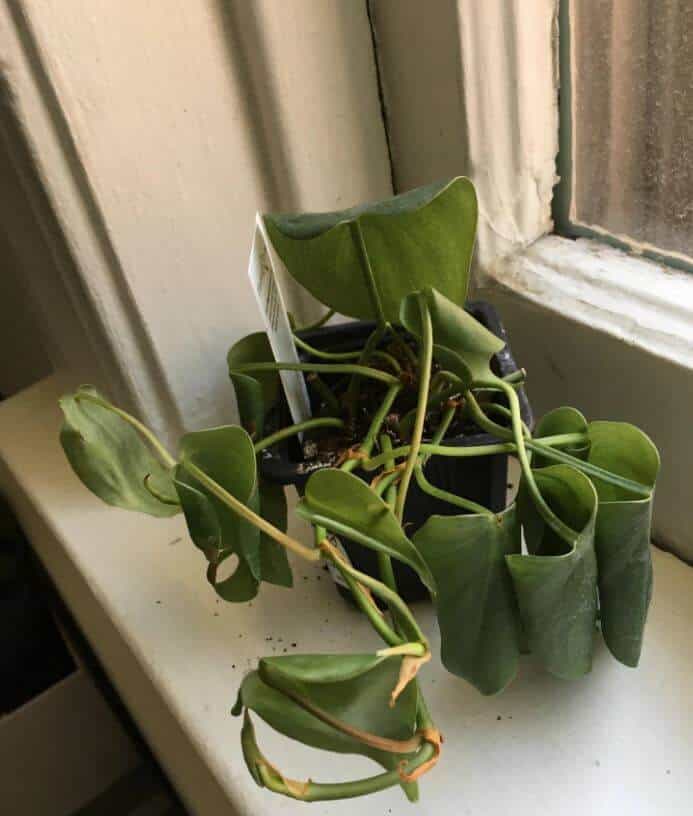
Humidity is a must for tropical plants and your Philodendron likes the environmental humidity to be at least 50%. If your home’s humidity is lower, there are several ways you can improve levels. Space humidifiers, pebble trays, and leaf misting are all good ways to increase humidity. You can also group several houseplants to create a microclimate.
If the humidity is too high or too low, leaves will curl, and higher humidity can also lead to fungal infections. To combat high humidity, increase airflow around your plants.
Improper Container
As vigorous growers, Philodendrons will require a larger-sized pot every two to three years. When repotting, select a pot that is approximately two inches wider in diameter. If you do not repot your Philodendron, it may become rootbound and foliage can begin to curl.
Lack of Sufficient Nutrients
This is one of the rarer causes of Philodendron leaf curling. The way the leaves curl may indicate what nutrient your plant needs. Downward curling foliage indicates a need for magnesium while upward curling indicates a need for phosphorous.
Pest Infestations
Sapsuckers like aphids, mealy bugs, scales, spider mites, or whiteflies, can penetrate leaves and suck the sap from your plant for nourishment. Leaves may curl. Neem oil is an organic insecticide and fungicide that will aid you in eliminating pest infestations.
Transplant Shock
Transplanting houseplants will lead to a period of adjustment but can also cause shock. Stress due to shock can cause leaf curling. This reaction by your plant should last no longer than about five days.
Water
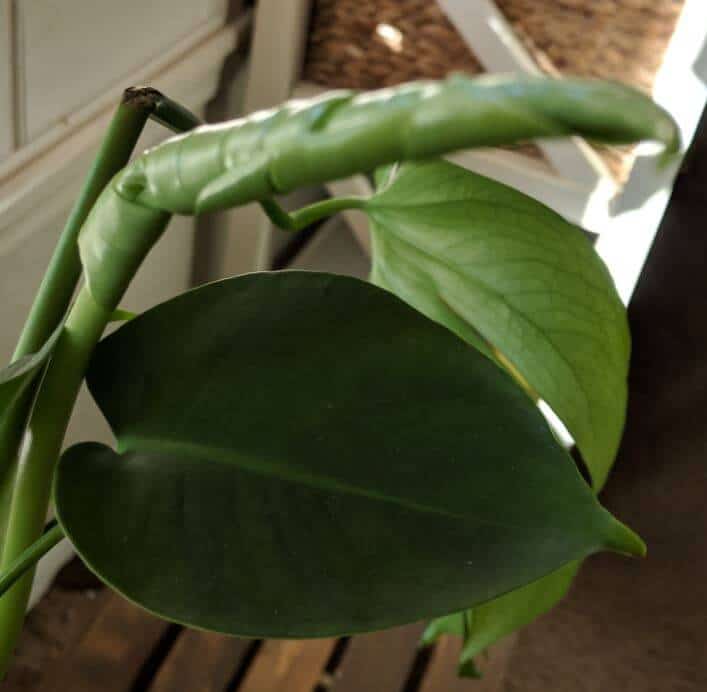
Philodendrons are not big drinkers and in optimal growing conditions will most likely not require more than weekly watering. If you are watering more than once a week, the amount of water may be excessive. Very damp soil can be a problem especially if you are cultivating a non-vining species.
Too much water can lead to soil compaction and reduce aeration in the soil. The roots, with little or no oxygen, will struggle to provide the plant with nutrients and leaves will curl to preserve any remaining moisture. The climbing varieties of philodendrons do better in moist soil, but they should never be soggy. Climbers also produce aerial roots that they use to absorb nutrients from the air whereas self-heading varieties depend on the soil alone.
Philodendrons only require water when an inch of topsoil is dry.
Philodendron Wrinkled Leaves
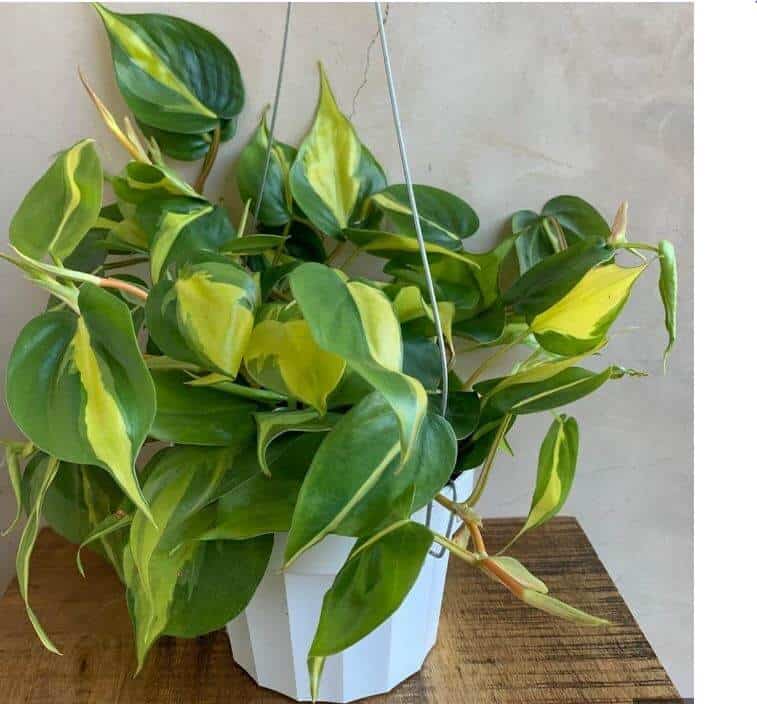
Unfortunately, wrinkled philodendron leaves cannot be unwrinkled. Many of the causes of Philodendron leaf curling can cause wrinkled leaves as well, particularly low humidity, a lack of soil moisture, and cold environmental temperatures.
One other cause is when leaves are damaged when in the cataphyll or small outer leaf that wraps itself around large Philodendron leaves. The cataphyll is charged with protecting leaves while still developing. If this outer leaf is damaged before the main leaf emerges, the main leaf may also be damaged. This can also happen if the main leaves become stuck within a cataphyll. Common reasons for cataphyll-related problems include pests, a lack of humidity, or injury during development. Maintain optimal humidity levels, watch for evidence of pests, and be extra careful near new leaves.

